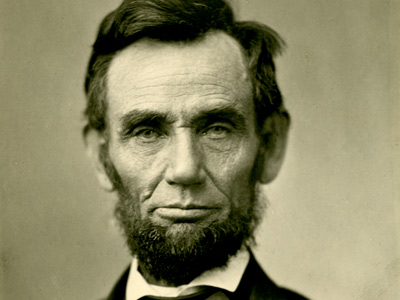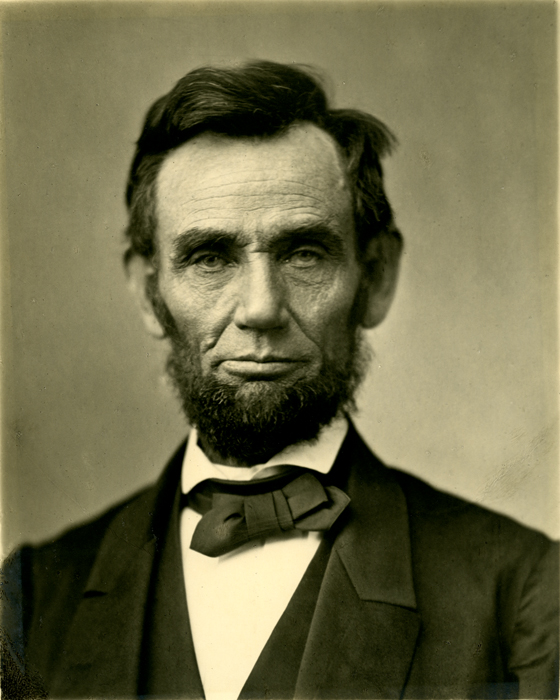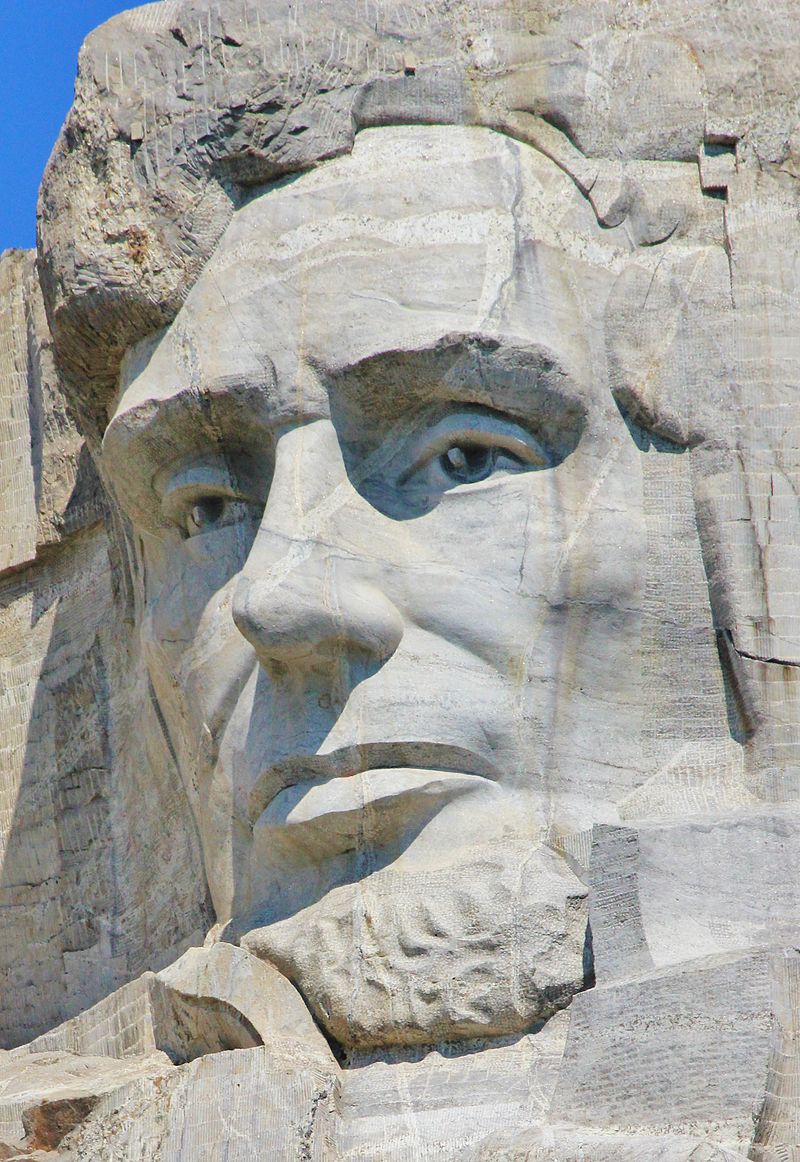Abraham Lincoln (1809-1865)
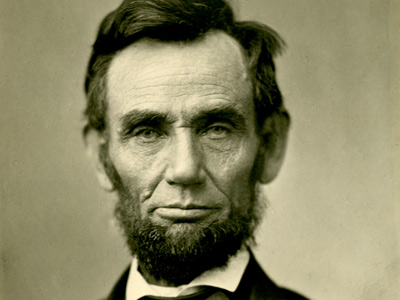
Assassination and funeral
Abraham Lincoln was assassinated by John Wilkes Booth on Good Friday, April 14, 1865, while attending a play at Ford's Theatre as the American Civil War was drawing to a close. The assassination occurred five days after the surrender of Robert E. Lee and the Confederate Army of Northern Virginia. Booth was a well-known actor and a Confederate spy from Maryland; though he never joined the Confederate army, he had contacts with the Confederate secret service. In 1864, Booth formulated a plan (very similar to one of Thomas N. Conrad previously authorized by the Confederacy) to kidnap Lincoln in exchange for the release of Confederate prisoners. After attending an April 11, 1865, speech in which Lincoln promoted voting rights for blacks, an incensed Booth changed his plans and became determined to assassinate the president. Learning that the President and Grant would be attending Ford's Theatre, Booth formulated a plan with co-conspirators to assassinate Lincoln and Grant at the theater, as well as Vice President Johnson and Secretary of State Seward at their homes. Without his main bodyguard, Ward Hill Lamon, Lincoln left to attend the play Our American Cousin on April 14. At the last minute, Grant decided to go to New Jersey to visit his children instead of attending the play.
Lincoln's bodyguard, John Parker, left Ford's Theater during intermission to drink at the saloon next door. The now unguarded President sat in his state box in the balcony. Seizing the opportunity, Booth crept up from behind and at about 10:13 pm, aimed at the back of Lincoln's head and fired at point-blank range, mortally wounding the President. Major Henry Rathbone momentarily grappled with Booth, but Booth stabbed him and escaped.
After being on the run for 12 days, Booth was tracked down and found on a farm in Virginia, some 70 miles (110 km) south of Washington. After refusing to surrender to Union troops, Booth was killed by Sergeant Boston Corbett on April 26.
Doctor Charles Leale, an Army surgeon, found the President unresponsive, barely breathing and with no detectable pulse. Having determined that the President had been shot in the head, and not stabbed in the shoulder as originally thought, he made an attempt to clear the blood clot, after which the President began to breathe more naturally. The dying President was taken across the street to Petersen House. After remaining in a coma for nine hours, Lincoln died at 7:22 am on April 15. Secretary of War Stanton saluted and said, "Now he belongs to the ages."
Lincoln's flag-enfolded body was then escorted in the rain to the White House by bareheaded Union officers, while the city's church bells rang. President Johnson was sworn in at 10:00 am, less than 3 hours after Lincoln's death. The late President lay in state in the East Room, and then in the Capitol Rotunda from April 19 through April 21. For his final journey with his son Willie, both caskets were transported in the executive coach "United States" and for three weeks the Lincoln Special funeral train decorated in black bunting bore Lincoln's remains on a slow circuitous waypoint journey from Washington D.C. to Springfield, Illinois, stopping at many cities across the North for large-scale memorials attended by hundreds of thousands, as well as many people who gathered in informal trackside tributes with bands, bonfires, and hymn singing or silent reverence with hat in hand as the railway procession slowly passed by. Poet Walt Whitman composed When Lilacs Last in the Dooryard Bloom'd to eulogize Lincoln, one of four poems he wrote about the assassinated president. Historians have emphasized the widespread shock and sorrow, but also noted that some Lincoln haters cheered when they heard the news. African-Americans were especially moved; they had lost 'their Moses'. In a larger sense, the outpouring of grief and anguish was in response to the deaths of so many men in the war that had just ended.
HISTORY
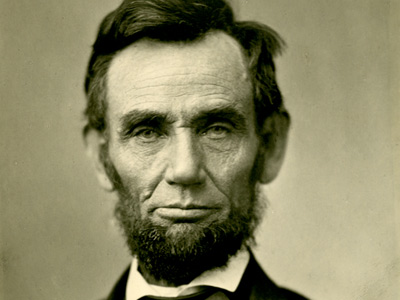
RESOURCES
This article uses material from the Wikipedia article "Abraham Lincoln", which is released under the Creative Commons Attribution-Share-Alike License 3.0.
© Stories Preschool. All Rights Reserved.
